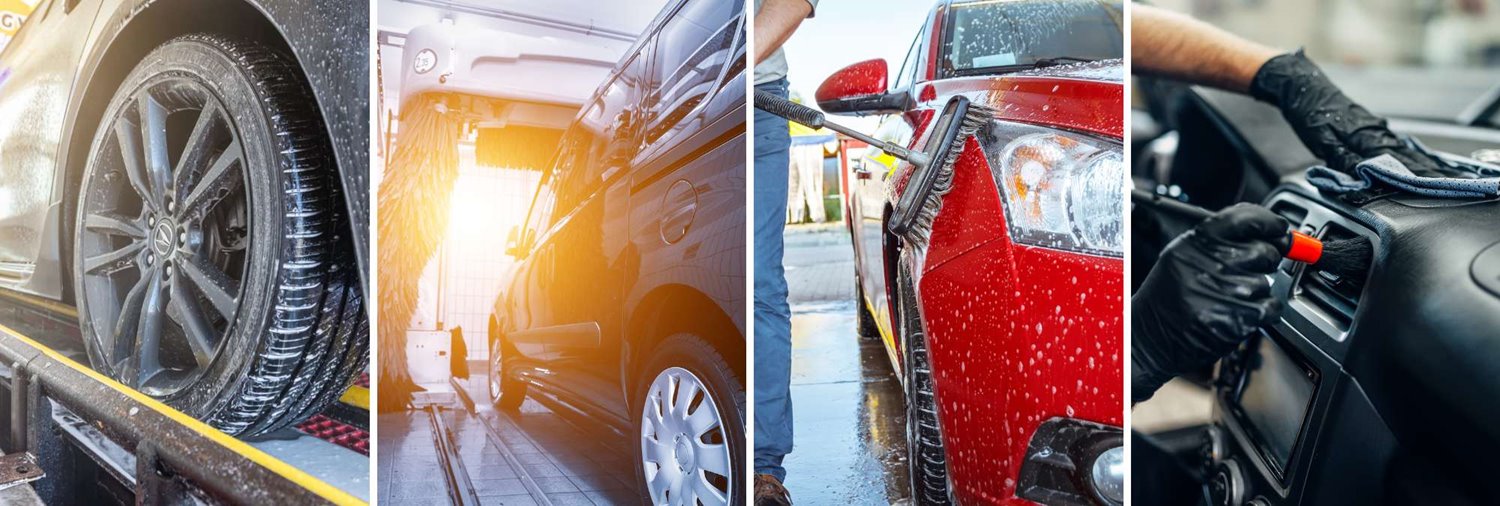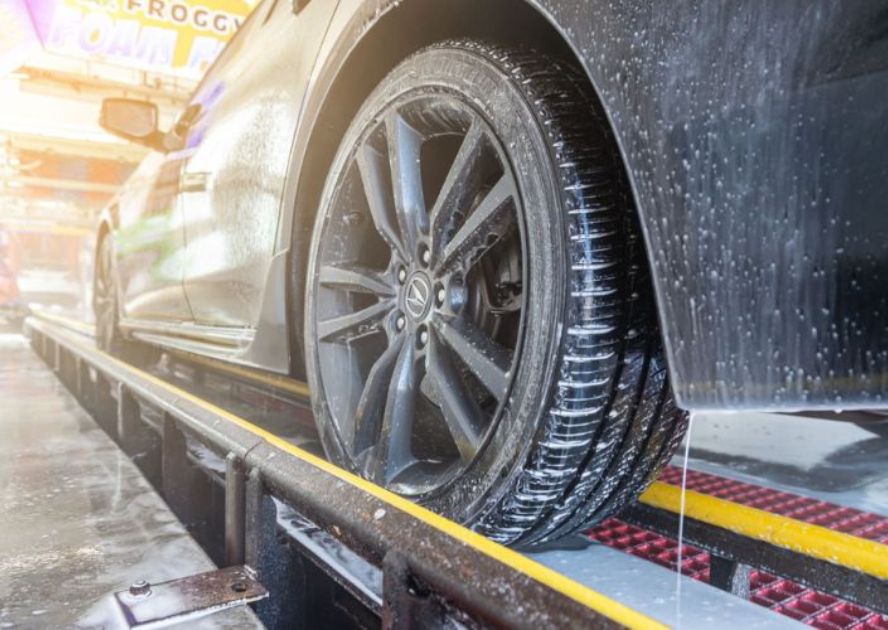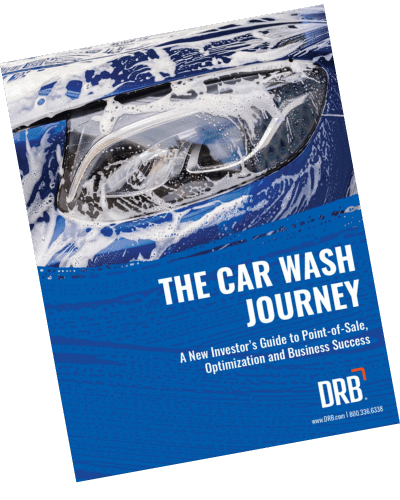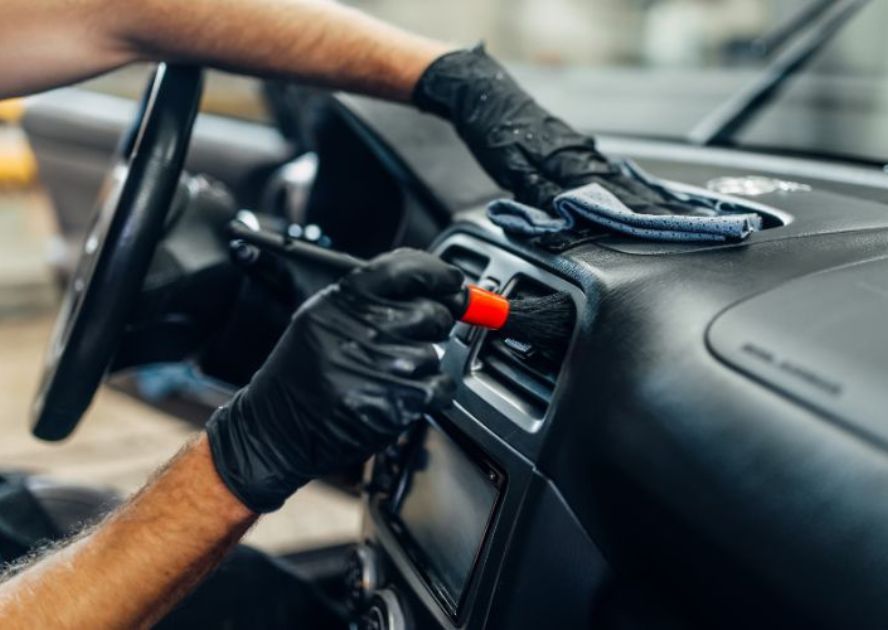Types of Car Wash Businesses


Post-pandemic, consumers are dumping the bucket of hot water, soap and sponge and letting one of the more than 60,000 car washes in the U.S. scrub the family car. For car wash entrepreneurs, that translates into a reliable stream of customers itching to have their vehicles gleaming again – the core component of steady cash flow and healthy profit margins.
But building a successful car wash business takes more than tapping into available demand. It’s choosing the perfect location, identifying your target market, understanding your competition and knowing what resources are available.
Success also relies on choosing the right car wash operating model. Does your target demographic prefer to sit in their vehicle while the car wash does all the work? Or would they rather have more control over the process? Maybe somewhere in between?
In this article, we’ll review each car wash type, the location where it might work best and speculate on how much it will cost to operate each type.
As the car wash industry grows, so do car wash operating models. While both the tunnel and in-bay models remain the most common car wash types in the industry, full-service and flex-serve are can be viable alternatives in some situations. While the goal of all these models is to clean vehicles, they are vastly different. To make the best decision for your business, explore the pros and cons of each, and determine which best meets the goals of your business.

Also known as an express exterior (EE) or conveyorized wash, this wash type uses a conveyor or belt to move vehicles through a tunnel while specialized equipment completes the wash process. They often are the only service offered at one location, but you can find some connected to larger service areas that include a quick lube, self-serve bays or in-bay car washes.
Key Characteristics and considerations:
While tunnel car washes typically require a bigger lot, advanced car wash tunnel equipment can now effectively wash cars with a tunnel as short as 35 feet. The average length of most tunnel car washes is about 120 feet. This makes a “mini-tunnel” car wash a viable option for some investors. Some operators are even converting their existing in-bay car wash types to these smaller conveyorized tunnels.
-min.png)
Download DRB's Car Wash New Investor E-Book

In this operating model, sometimes referred to as in-bay automatic car washes, the driver pulls their vehicle into a bay where wash technology moves around the car. Automated mechanisms, such as high-pressure water sprays, rotating brushes and air dryers, are employed to wash, scrub, rinse and dry the vehicle efficiently. You’ll often find these washes as part of a gas station and/or a convenience store, or they may be attached to several self-serve bays.
Key Characteristics and considerations:

Self-service car washes provide drivers with the equipment, like pressure washers, foam brushes and vacuum cleaners, and the space needed to clean their own vehicles. Most have multiple bays with self-pay stations that offer a variety of car wash services. With the freedom to control the cleaning process and spend as much time as needed, customers enjoy the satisfaction of taking care of their own vehicles.
Key Characteristics and considerations:
 Some car wash owners offer full-service car wash options, providing complete vehicle cleaning. Drivers turn their vehicles over to car wash staff who manage the thorough hand washing process. While washing is completed manually, more and more full-service car washes will run vehicles through a tunnel wash before completing the exterior work. Interiors receive a soft-cloth hand washing and vacuuming.
Some car wash owners offer full-service car wash options, providing complete vehicle cleaning. Drivers turn their vehicles over to car wash staff who manage the thorough hand washing process. While washing is completed manually, more and more full-service car washes will run vehicles through a tunnel wash before completing the exterior work. Interiors receive a soft-cloth hand washing and vacuuming.
Key Characteristics:
The flex-serve wash is a hybrid option, combining aspects of the express exterior and the full-service wash.
Key Characteristics:
Choosing the right car wash type for your business could determine how well you succeed in the market. Take time to consider every angle before you decide, and then align your car wash business model with your customers’ preferences.
More questions? We have experts who can help. Contact us today.

For more insights on investing in the car wash industry, download our ebook “The Car Wash Journey: A New Investor’s Guide to Point-of-Sale, Optimization and Business Success.”